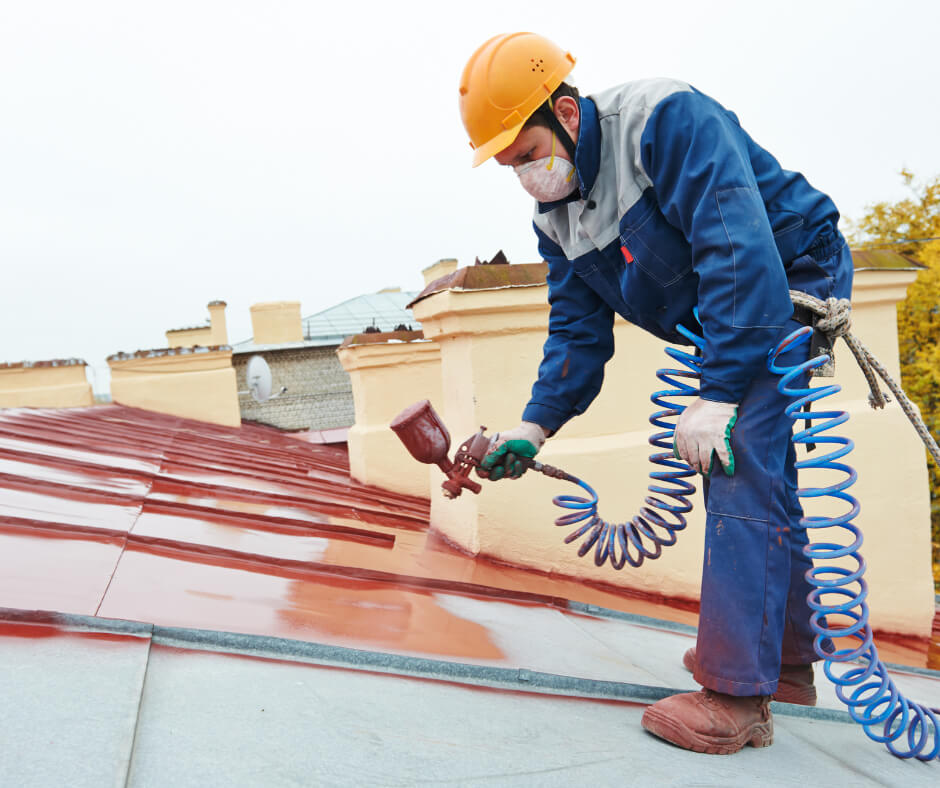
Roofing is a vital aspect of construction, but it can also be one of the riskiest jobs if safety measures aren't followed meticulously. Safety should always be your top priority whether you're an experienced roofing professional or just starting in the field. Read and learn the top 10 roofing safety tips every professional should know. These tips can help prevent accidents, protect lives, and ensure a successful roofing project.
Proper Training and Certification
Before stepping onto a roof, have the necessary training and certification. Familiarize yourself with industry standards and safety guidelines. Understanding the fundamentals of roofing and safety protocols is crucial for a safe working environment.
Conduct a Safety Inspection
Begin each roofing job with a thorough safety inspection. Check for hazards such as weak roof structures, damaged materials, or unstable surfaces. Address these issues before starting work.
Wear Appropriate Safety Gear
Always wear personal protective equipment (PPE), including a hard hat, safety glasses, gloves, and non-slip footwear. Use a safety harness and lifeline when working at heights.
Weather Awareness
Stay informed about the weather conditions. Avoid working on a roof during adverse weather, such as rain, snow, strong winds, or extreme temperatures. Wet surfaces can be slippery and increase the risk of accidents.
Use Proper Tools and Equipment
Ensure all tools and equipment are in good working condition. Use the right tools for the job, and maintain them regularly. Faulty equipment can lead to accidents and injuries.
Practice Ladder Safety
When using ladders, ensure they are stable and securely placed. Maintain a 3-point contact (two feet and one hand or two hands and one foot) while climbing, and never overreach. Consider using ladder stabilizers for added safety.
Be Aware of Roof Pitch
Different roofs have varying degrees of steepness or pitch. Understand the roof's pitch and adjust your footing and movements accordingly. Use appropriate fall protection measures when working on steep roofs.
Communication is Key
Establish clear communication with your team members. Use hand signals, radios, or other communication devices to coordinate movements and ensure everyone's safety.
Keep the Work Area Clean
Maintain a clutter-free work area to prevent tripping hazards. Dispose of debris and unused materials promptly. Secure tools and equipment when not in use.
Know Emergency Procedures
Every roofing team member should know the proper procedures in an accident or emergency. Have first aid kits and emergency contact information readily available on the job site.
In conclusion, roofing can be challenging and rewarding, but safety should always be a top priority. Following these top 10 roofing safety tips can significantly reduce the risk of accidents and ensure a safer working environment for you and your team. Remember that a safe work site is not just a legal requirement; it's a moral obligation to protect lives and prevent injuries in the roofing industry.